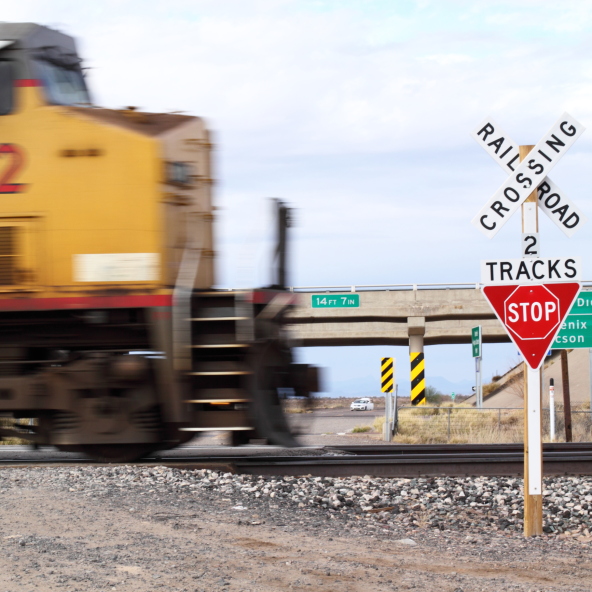
It turns out that the tragic accident on the Metro-North commuter line last week was not the first crash at that particular intersection in Westchester County. In 1984, according to the Daily News, a truck crossing the tracks at the same spot in 1984 was hit by a Metro-North train, killing the truck driver. According to press reports at the time, the truck was dragged 750 feet before the train stopped. The truck apparently did not stop before attempting to cross the tracks.
There have been ten fatalities in New York State railroad crossing accidents in the past two years. In the New York City area, Long Island has had the most crossing deaths – five in Nassau and Suffolk counties. There were 18 other crossing accidents in the state that resulted in non-fatal injuries during the same time period.
Ironically, the crossing in Valhalla had been upgraded in recent years to prevent accidents from occurring. However, Metro-North apparently never got around to installing a third set of warning lights, even though the funding had been approved. The money earmarked for this project went back into the general budget and it is not known why the project was never completed.
Another question raised by this terrible accident is why Metro North continues to use the underunning configuration of the third rail that supplies power to the train. Although it is not clear whether any of the deaths resulted from the penetration of the rail into one of the cars, it certainly could have been a factor. According to reports, the Metro-North line and the Long Island Rail Road are the only two commuter lines in the country, out of 28, that employ the third rail as a power source.
The issue is whether the shoe that runs under the rail and connects the train to the power source pulled the rail up during the accident, acting like a crowbar. This configuration is apparently used by Metro-North because it protects the connection from ice and snow buildup.
The National Transportation Safety Board (NTSB) is investigating the accident and should be able to provide answers to these questions when its report is released in the next few months

